Exclusive Neuroject Article: “Happiness is not found in a fast-paced life, but rather in living in harmony with our planet”. This statement, which was made at the VII Congreso Edificios Energía Casi Nulo (VII Nearly Zero Energy Buildings Conference), sums up the philosophy of the long and hard road toward sustainability, where society’s commitment is essential for saving both the planet and ourselves.
The building and construction sector is responsible for 36% of energy consumption, 38% of energy-related carbon emissions, and 50% of resource consumption globally. As the effects of climate change intensify globally, the AEC industry is moving toward green building to effectively address the climate crisis.
In 2020, members of The American Institute of Architects (AIA) overwhelmingly approved a resolution making environmental stewardship the organization’s top priority. Since then, steady progress has been achieved in developing a Climate Action Plan, evolving the Framework for Design Excellence, and increasing participation in the 2030 Commitment.
By 2040, a lot of government agencies and climate-aware organizations want all new construction, developments, and restorations to be carbon-neutral. To meet these targets and have a major influence on the battle against climate change, architects, engineers, and other stakeholders in the building design process must start incorporating sustainable practices like Nearly Zero Energy Buildings into their workflows.
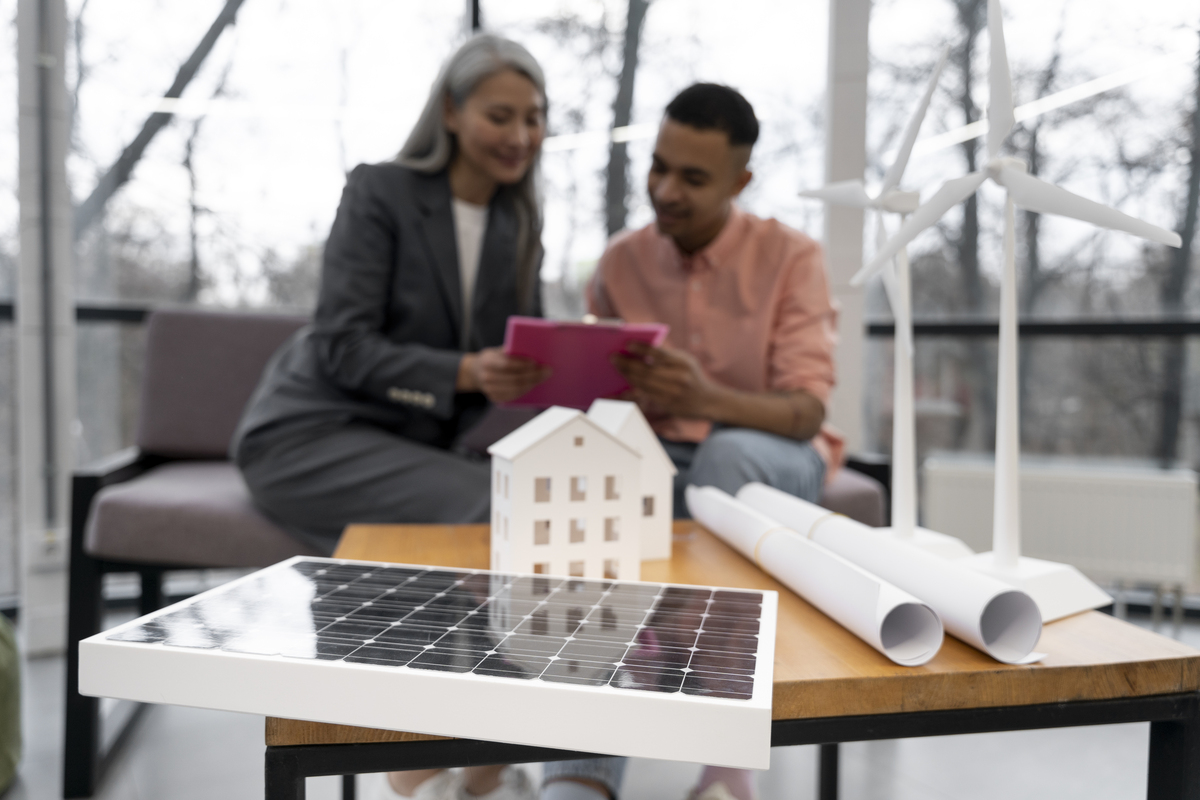
Table of Contents
What are Nearly Zero Energy Buildings (NZEB)?
The National Renewable Energy Laboratory (NREL) states that a structure with extremely low energy demand and usage of renewable resources is referred to as Nearly Zero Energy buildings, although there is no official definition for the phrase. Nearly Zero Energy Buildings come in several varieties, which are shown below:
- A Nearly Zero Site Energy Building is a building that receives all necessary power through renewable resources with no dependence on fossil fuels or existing power infrastructure. It can also be stated as a balance of what is economically feasible for building energy based on what is available on site.
- A Nearly Zero Source Energy Building generates on-site the same amount of energy it uses, including transmission losses. These buildings need to generate more energy than a Nealy Zero Site Energy Building to offset the total amount of energy used by both the building and the utility in providing power to the building.
- A Nearly Zero Energy Cost Building generates electricity on-site to sell back to the utility provider, completely offsetting the cost of energy consumed. This arrangement is heavily dependent on the local utility’s willingness to partner with consumers and the available infrastructure to sell energy back to the grid.
- A Nearly Zero Energy Emissions Building offsets the amount of carbon produced from both off-site and on-site energy use by utilizing non-carbon-producing renewable resources on-site.
Because it is the easiest to quantify and has a direct effect on lowering our dependency on fossil fuels, the Nearly Zero Site Energy Building is the most popular option among those mentioned above. Additionally, it is believed this design will offer the most viable, long-term answer to the energy crisis we are currently facing.
Other terms commonly used instead of NZEB might be:
- Zero-Energy Building (ZE),
- Zero Net Energy (ZNE),
- Net-Zero Energy Build (also NZEB),
- Zero Carbon Building.
Suggested article to read: Importance of Energy Efficiency in Buildings
The Key to Achieving the Objectives of Nearly Zero Energy Buildings
This is something that experts in the sustainable building make very apparent. Building Nearly Zero Energy Buildings is our moral mission; they are a reality and vital. Passive tactics seem to be the most effective approach to accomplish this. Standards will lead to this kind of structure.
What then is the key to creating in this manner? The topic is “passive design.” This indicates that “we can ensure that the building heats itself, that it doesn’t overheat in summer, and that the energy we use for climate control doesn’t get lost the moment we turn off these systems thanks to the resources from the architecture itself and the constraints resulting from the building’s site and location.”
We are discussing Nearly Zero Energy Buildings. By constructing a thermal envelope, this can be accomplished. Energy loss in a well-planned thermal enclosure is minimal. It functions similarly to a building’s entire exterior coat, keeping heat inside during the winter and outside during the summer.
These structures provide greater comfort for their occupants while also safeguarding the environment. We will be completely wrong if we consider a structure to be a machine whose energy requirements we must lower. Since the building is intended for human use, creating suitable environments that don’t compromise people’s health must always be the main priority.
Michael Wassouf lists thermal insulation, well-placed windows, regulated ventilation, solar power, thermal bridge management, and an airtight seal as the six fundamentals of Nearly Zero Energy Buildings.

4 Reasons Why Nearly Zero Energy Buildings Contribute to Sustainable Development
Without integration into the lives of individuals, families, workers, building tenants, and society at large, sustainability is simply impossible to achieve. Consequently, to attain sustainability at the city and national levels, construction must be done according to durability requirements.
To this extent, Nearly Zero Energy Buildings play a variety of roles in advancing sustainable development. Below are four of them:
1. Making Buildings Less Energy-Consuming by Design
There are numerous strategies for lowering energy consumption. Many of them are a result of our routines and behaviors as energy users, while a large number are caused by the needs that we have as people and as workers.
We may thus lower our energy consumption without compromising our demands or comfort by working with architects and engineers to design building solutions that can better utilize natural resources, such as sunshine, wind, heat from the sun, and position, among others.
2. Encouraging the Adoption of Renewable Sources of Energy
Laws requiring new construction to be Nearly Zero Energy Buildings demand that the majority of the energy needed for a building’s operation come from renewable sources, most of which are produced nearby or on-site. This significantly alters or enhances the impression of renewable energy sources, presenting them as not just a nice substitute but also a practical means of producing energy.
3. Using Regulations as a Way to Ensure Sustainable Practices for Building Construction
Initiatives like the EU’s goal of making all new construction Nearly Zero Energy Buildings by 2024 force building owners to employ alternative methods and materials that can guarantee lower energy usage while giving residents what they need for a comfortable life.
4. Creating a Framework to be Followed to Build Highly Efficient Buildings
All things considered; standardization is crucial since it ensures that some things will always be predetermined. In this manner, Nearly Zero Energy Buildings can use the resources available for the development of sustainable and intelligent buildings to develop this framework or guidelines.
The objectives of sustainable or Nearly Zero Energy Buildings are already met by standards and certifications. The most well-known of them are as follows:
- Passivhaus
- BREEAM
- LEED
- WELL
Suggested article to read: Sustainable Construction; Comprehensive Guide
How Nearly Zero Energy Buildings Work
However, how can Nearly Zero Energy Buildings be made to function? In addition to the overall energy consumption limit, the national standard calls for the inclusion of additional NZEB minimum requirements, such as the useful thermal performance indices to be compared with the reference building’s limit values, the global average coefficient of heat transfer by transmission, the summer equivalent solar area per unit of useful surface area, the effectiveness of the winter and summer air conditioning systems and the production of domestic hot water, and the limits on the dispersing elements’ transmittance.
As a result, to realize Nearly Zero Energy Buildings, creative solutions must be used for building envelope and installation systems components and systems. The adoption of certain features is necessary for virtually zero-energy buildings to work properly.
For example, all Nearly Zero Energy Buildings require a high level of thermal insulation of the building envelope, which is also the foundation for all energy-efficiency renovations of existing structures. Installing thermal systems is equally crucial; these systems need to be built to ensure that at least 50% of the energy needed for heating, cooling, and hot water is provided by renewable resources.
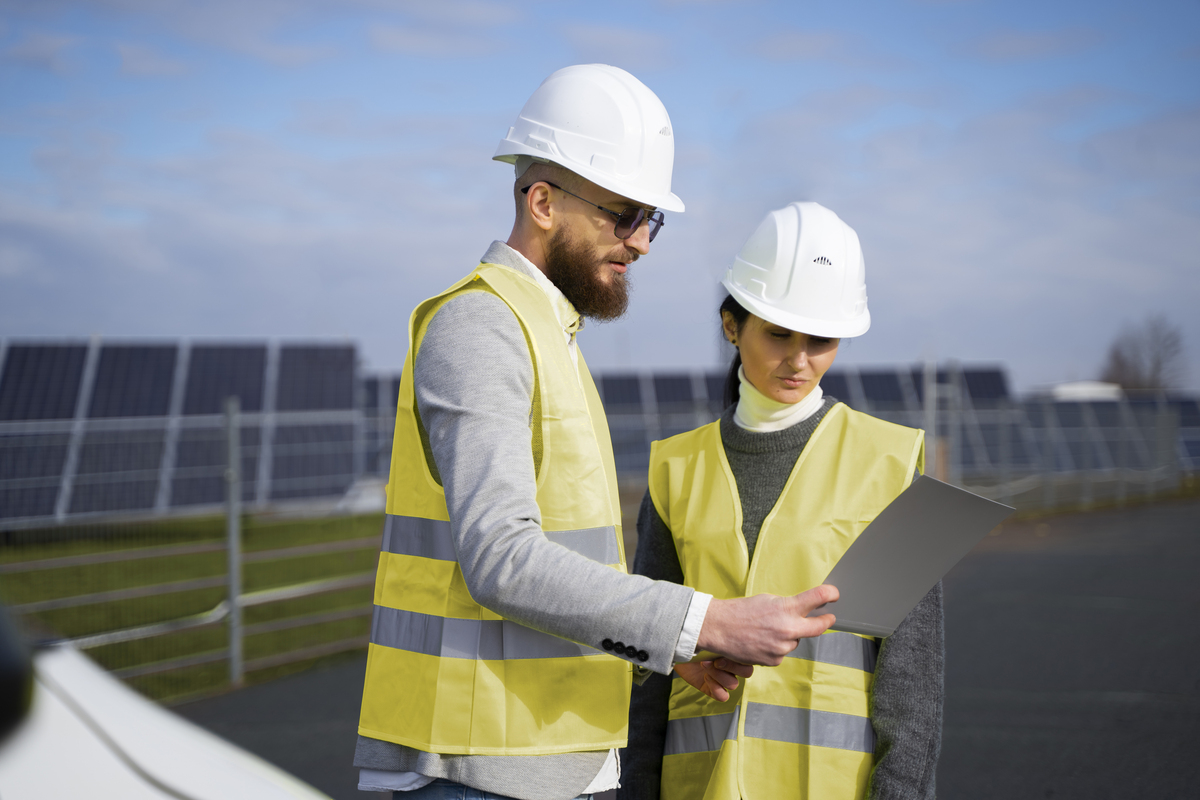
How does a Building Achieve Nearly Zero Energy?
The design of an energy-efficient building that meets Nearly Zero Energy buildings targets takes into account several aspects.
Location
Constructing Nearly Zero Energy Buildings requires careful consideration of several requirements. The location of the building, the temperature, the exposure of the building, and the building site all have an impact.
Among other things, take into account:
- Climate
- Sun
- Wind patterns
- Temperature
- Rain patterns
Orientation
The building’s orientation is contingent upon the attainment of net zero energy. When a building faces south, certain renewable energy generation devices, such as solar panels, function optimally.
However, energy-saving elements are also crucial. In addition to utilizing the sun’s energy, you can save energy by positioning your structure to maximize the shade. This implies that you won’t need to run your air conditioning as much in hotter climates to keep your building cool.
Lighting is an additional crucial component. The energy consumption of lighting systems can make up about 25% of the total energy used in a building. You can lessen that load by orienting your building to take advantage of natural illumination. The placement of windows and the utilization of skylights are two tactics to take into account when choosing the orientation of a structure.
Additionally, you can site your building to benefit from prevailing winds. Resources will be conserved by using natural resources to power your building’s energy systems and lower energy consumption.
Suggested article to read: Top Sustainable Construction Technologies
Design
Next is building design. To ensure that the building uses the least amount of energy, choose the best insulating materials available. Double- or better yet, triple-pane windows that are tightly sealed can play a significant role in energy conservation.
The goal of passive techniques is not to produce energy. Their goals are to maximize energy performance while decreasing energy consumption. Since they consume no energy, they aid in the achievement of Nearly Zero Energy Buildings:
- High-Efficiency Appliances require less energy and lighten the overall energy load.
- Low-Energy HVAC Systems do the same.
- Air Sealing prevents cooled or heated air from escaping through cracks, often around openings such as windows and doors. This results in less need for air conditioning or heating to maintain climate control.
- Insulation performs the same function by providing an extra barrier between the interior and exterior of a building. This layer traps heat (in winter) and cool air-conditioned air (in summer) that otherwise might escape through walls, ceilings, etc.
The effectiveness of insulation is rated in R-values. These vary based on the thickness, density, and type of insulation: the higher the R-value, the better. Types of insulation include:
- Fiberglass
- Wool
- Foam boards or blocks
- Cellulose
- Polystyrene
- Polyisocyanurate
- Polyurethane
Ventilation is particularly important in tropical climates. Fresh air must be introduced to replace stale air. This can lessen the accumulation of moisture that can lead to mold growth and unpleasant odors while also helping to adjust the interior temperature. By utilizing natural methods, the energy required to maintain adequate ventilation—such as electrical fans—can be greatly decreased.
Architectural Design in new buildings maximizes efficiency and promotes sustainability.
Building design guidelines have been established by ASHRAE, the American Society of Heating, Refrigeration, and Air Conditioning Engineers. 87 active standards and guideline project committees within the organization, which was established in 1894, tackle some of the following subjects:
- Thermal comfort
- Energy conservation in buildings
- Reduction of refrigerant emissions
- Indoor air quality
Suggested article to read: Top Sustainable Architecture Projects
Renewables
The last stage in creating high-performance buildings is figuring out which renewable energy sources are best for the particular building. Wind turbines may be employed on-site rather than off-site in an industrial structure. For newly constructed homes or even homes that can be converted, solar panels might be the best option.
Active strategies reduce energy consumption during the building process through the use of renewable energy strategies, such as:
- Photovoltaics — Photovoltaics is the direct conversion of light into electric power using semiconducting materials such as silicon. Each solar panel contains numerous photovoltaic cells, which work together to produce electricity.
- Wind Power — Wind is a kind of solar energy produced by three factors. It’s affected by the sun unevenly heating the atmosphere, irregularities in the Earth’s surface, and the planet’s rotation. The resulting wind turns propeller blades around a rotor, which spins a generator, creating electricity. Wind farms in mountain passes near San Bernardino (San Gorgonio Pass) and Northern California (Altamont Pass) contain hundreds of huge propellers.
- Hydroelectric Power — Hydroelectric plants capture the energy of falling water and convert it into electricity. Water flows downhill and is captured by a reservoir behind a dam. This reservoir acts like a battery, releasing water during periods of peak demand to produce power.
- Biomass — Biomass stores chemical energy from the sun, produced by plants through photosynthesis. It can be burned directly to produce heat or can be converted into renewable liquid and gas fuels. Biomass can be as simple as a log on a fire. It’s like a solar battery, which releases bioenergy.
- Geothermal Power — Geothermal power involves water pressure in the form of steam. Geothermal wells drilled a mile or two underground pump hot water to the surface. There, the pressure drops and the water turns into steam. The steam spins a turbine connected to a generator, producing electricity.
- Solar Power — Sunlight shining on a panel is absorbed by photovoltaic cells in the panel. This creates an electrical charge in response to an electrical field in the cell, producing electricity.
- Solar Thermal — Solar thermal power systems use mirrors to collect sunlight and concentrate it. This raises the temperature until it is high enough to produce electricity. Examples include curved parabolic troughs, such as those used in the Mojave Desert.
Nearly Zero Energy Buildings respond to their local electrical grid in different ways. The way the grid interacts with buildings and strategies (such as renewable energy sources) depends on whether it is integrated or conventional.
- Energy moves between the grid and conventional energy buildings in a single direction. It flows from the grid to the building, utilizing conventional metering.
- Moderately responsive buildings have interactive demand response.
- Buildings that are fully integrated with the grid include passive efficiency features as well as renewable energy production onsite.
Put another way, the two types of ZNE building typologies must work together to optimize grid performance:
- Renewable-oriented (active strategies)
- Efficiency-oriented (passive strategies)
Utilizing both passive and active strategies will prove most beneficial to the relationship between the utility grid and ZNE buildings.
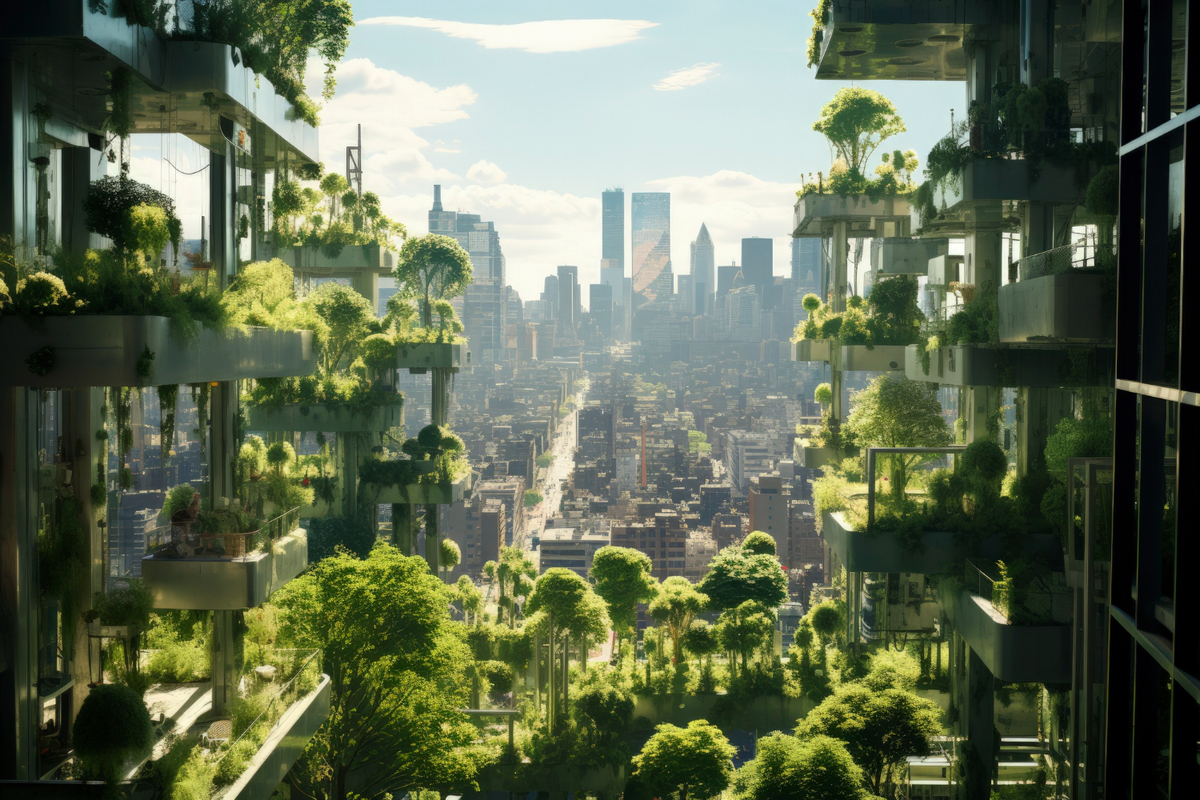
6 Examples of Nearly Zero Energy Buildings
Having examples of successful implementations or pilot projects for Nearly Zero Energy Buildings is crucial when you have goals like making every new building near-zero energy within a specific time frame.
Observing what has been accomplished and what is feasible serves as a motivational and inspirational source. Nearly Zero Energy Buildings are proven realities as well as an aspiration.
Let’s look at a few effective instances of global implementations:
1. Messequartier
This complex, which is situated in Graz, the second-biggest city in Austria, was constructed by passive house guidelines, with the primary objective being the presence of many open spaces and common areas in strategic locations. The house is heated by district heating and was constructed with insulated bricks and triple glazing on the windows for optimal air circulation.
2. Technical University – Sofia, University Research Center
The university in Sofia, the capital of Bulgaria, upgraded its infrastructure, which resulted in an improvement in energy performance of almost 45% when compared to the current standards. Double-glazed windows and thermally insulated brick and concrete were employed.
3. Sems Have
The renovation and conversion of a structure into a Nearly Zero Energy Building occurred in the Danish city of Roskilde, west of Copenhagen. To increase the thermal envelope, 400 mm of insulation was added to the roof, 480 mm of insulation was added to the walls, and windows were equipped with triple-pane low-energy glazing. The building has mechanical ventilation and is linked to a district heating network.
Suggested article to read: Discovering the World’s Top Sustainable Buildings
4. Järvenpää Zero Energy House
Located in Järvenpää, this house aims to be Finland’s first zero-energy home with concrete walls that are insulated with 300 mm. It includes a mechanical ventilation system, low-energy lighting, and a water-based heating system.
5. Maison DOISY
This one-family home in the French commune of Niort features a roof that is insulated with mineral wool and brick walls, intending to create Nearly Zero Energy Buildings. A floor-heating system delivers heat from a gas-condensing boiler.
6. University of London, Stratford New Library
The University of London, located in London, England, in the United Kingdom, sought to give its students access to state-of-the-art library facilities. It has two kinds of walls: insulated brick walls and insulated glazed curtain walls. The roof is made of a well-insulated concrete slab. Low-temperature hot Water is used to heat it.
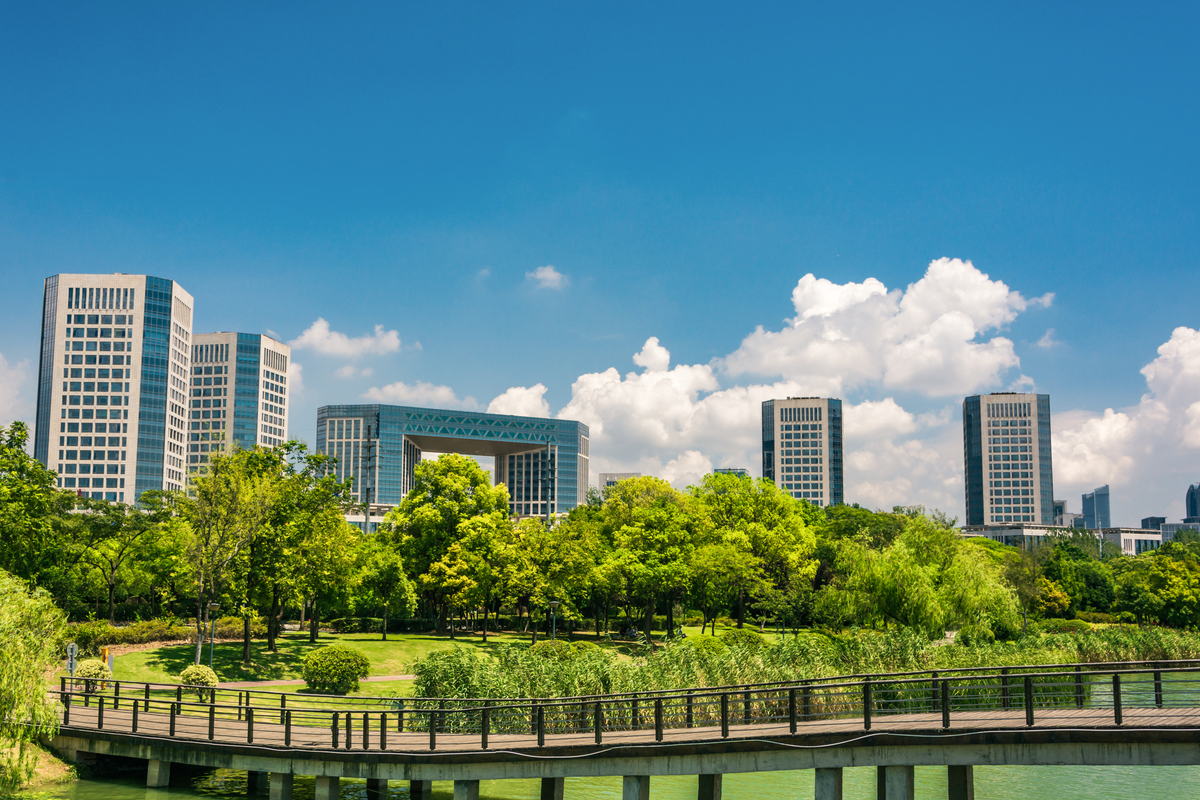
Challenges of Achieving Nearly Zero Energy Buildings
There are several obstacles to achieving Nearly Zero Energy Buildings, some of which we address in this article:
1. Designing Nearly Zero Energy Buildings
A net-zero energy building is, as previously mentioned, one that generates as much energy as it uses annually. The building needs to generate renewable energy and be extremely energy efficient to do this.
It takes sophisticated energy modeling software to make sure that the end objective is met once the building is created and put into use because both the building and the renewable energy sources are designed before the structure is built.
Because building flaws can have a negative influence on energy usage and cause a building to fall short of its net-zero goals, construction quality control becomes even more crucial. Although the idea of Nearly Zero Energy Buildings is not new, the knowledge and technology required to accomplish this goal are now more widely available and reasonable for a variety of building types.
2. The Cost of Nearly Zero Energy Buildings
The cost is one of the main obstacles to the development of net-zero energy buildings. Highly energy-efficient buildings require materials and technologies that are frequently more expensive to create than buildings built using more conventional techniques. Photovoltaics and wind power are examples of on-site renewable energy sources that have a large upfront cost that needs to be paid for throughout the building.
However, compared to a traditionally constructed structure, the expense of renewable energy sources can be partially offset by more energy-efficient building design, which results in lower capacity HVAC systems. To ensure that it is financially feasible to construct the building as intended, it is crucial to design the building to achieve net-zero energy usage at the lowest possible starting cost.
Overshooting the net-zero energy targets may lead to unneeded upfront expenses that could bankrupt the project in its infancy or to budget cuts that compromise the project’s ultimate sustainability aims. To ensure an economically successful NZEB design, careful planning, precise calculations, and strict construction quality control are necessary.
3. Finding the Right Location and Orientation
Finding a suitable geographic location for Nearly Zero Energy Buildings, taking into account site selection and building orientation, is another problem. In the process of designing, these elements are frequently overlooked. But if a structure is positioned and orientated correctly, it can significantly lower its energy usage, which will lower the building’s cost as well as the cost of the renewable energy sources needed to power it to net zero.
A building needs to be situated in a location with good access to solar and/or wind resources, or both, to be considered genuinely net zero. The location also needs to have enough room for the required renewable energy installations. These could be on the site, in the building, or even used as shade structures for parking lots. Once more, cost-effective net energy facilities are the result of innovative and successful design ideas.
4. Overcoming Barriers to Adoption
Apart from the difficulties linked to the location and expense of Nearly Zero Energy Buildings, there exist multiple impediments to their extensive integration. A significant obstacle is that both builders and buyers are unaware of the advantages of these kinds of structures. Reluctance to even look at the prospect of reaching Nearly Zero Energy Buildings can frequently be attributed to concerns about the possible expense of an NZEB. This is where owners can benefit greatly from the design team’s education.
As a result, ideas for environmental sustainability initiatives can be presented to owners for consideration very early in the design process, saving a significant amount of time and money for the design professionals thanks to the development of quick and simple “shoe-box” energy modeling software. As the design process moves forward, it is simpler to create more intricate models and systems to meet the sustainability goals after they have been established.
5. Creating a Business Case for Nearly Zero Energy Buildings
Making an economic case for the adoption of Nearly Zero Energy Buildings is one of the biggest obstacles facing those who are trying to promote them. Because of the large upfront expenditures and lack of experience with the technology, many decision-makers are hesitant to fund these kinds of projects.
To help offset some of the upfront costs and increase the appeal of sustainable design to owners and investors, the design team must look into the availability and applicability of incentive programs offered at the federal, state, and local levels. These programs may include utility company programs as well as government initiatives.
Nearly Zero Energy Buildings are a sensible investment in the long run since, in addition to their initial expenses, they frequently have significantly lower running costs than regular structures. Life cycle costs are frequently a useful tool for presenting the business case for sustainable design.
Nearly Zero Energy Buildings – Striving Today for a Better Tomorrow
Since reducing carbon emissions and conserving energy are top concerns, it is in everyone’s best interest to promote and possibly even make Nearly Zero Energy Buildings a legal requirement for construction codes. It is still, however, an extremely difficult and contentious solution with unique difficulties.
Stretch regulations and voluntary programs are two tactics that can help move the industry toward Nearly Zero Energy Buildings and increase acceptance of some of the suggested adjustments until the industry determines the best course of action.
Insulation will continue to be one of the most affordable alternatives, and the building envelope will remain a crucial component to enhance efficiency. The building envelope plays a major role in a building’s energy savings since it effectively blocks heat transfer and enhances overall performance.
Buildings with almost zero energy use may be a step toward more habitable and sustainable cities. The decisions we make now about our buildings will continue to affect our world and our finances for decades to come, even though regulations will play a bigger role. Think about this: by 2050, half of the world’s current buildings will still be in operation.
The bigger worry, of course, is that we are running out of time to avert the consequences of continuing with business as usual. Without a doubt, we need to ask ourselves, what can we do now to change things for tomorrow? One way to meet energy and carbon reduction targets is to build Nearly Zero Energy Buildings. Selecting insulation made of sustainable stone wool is another.
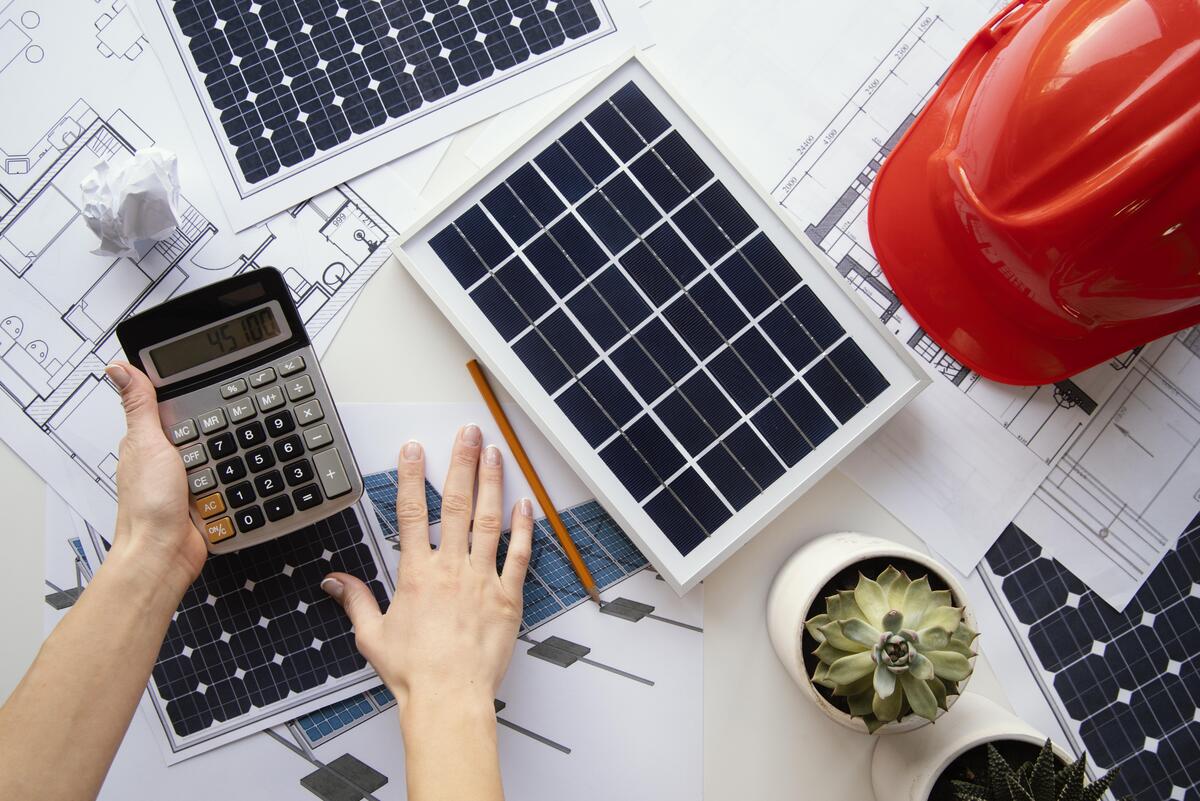
Conclusion
Since the building industry produces so many greenhouse gases, immediate action is required to prevent a global warming catastrophe. In the ensuing decades, net-zero energy buildings will be crucial in reducing global warming. The building industry contributes to almost 40% of global emissions.
The goal of Nearly Zero Energy Buildings is to create a grid-connected, energy-efficient structure that can produce energy from renewable sources to offset its energy use. Consequently, these kinds of structures have net zero energy consumption, meaning that the building’s annualized total energy demand is about equal to the amount of renewable energy generated on the property or in the vicinity.
The architecture and design community is responding to the challenge as building owners and developers have shown a greater interest in creating Nearly Zero Energy Buildings to suit business goals and regulatory requirements. They are frequently at the forefront of innovative initiatives that are true feats of engineering, creativity, and forward-thinking design.
Creating Nearly Zero Energy Buildings was the ultimate goal in the past; now, this is just the beginning. According to EU regulations, all newly built buildings must have a carbon-neutral lifecycle by 2030 and all structures in use should be carbon-neutral by 2050. To meet the new challenge of the future—buildings with positive energy, or ones that generate more energy than they consume—we must move quickly and in the right direction.
Resources:
Europa | Schnackel | Linkedin | Connections by Finsa | Dexma | BigRentz | WBDG | IBTgroup | RockWool | Primera | STOcorp | Archello | Archdaily
For the pictures: Freepik



